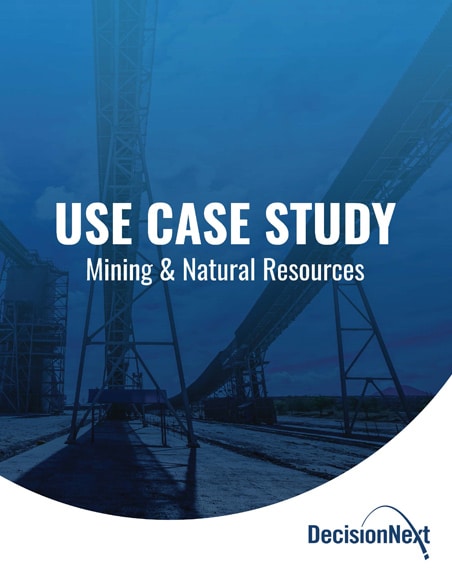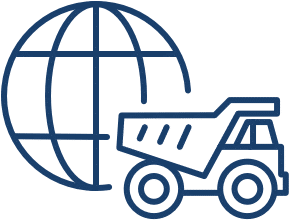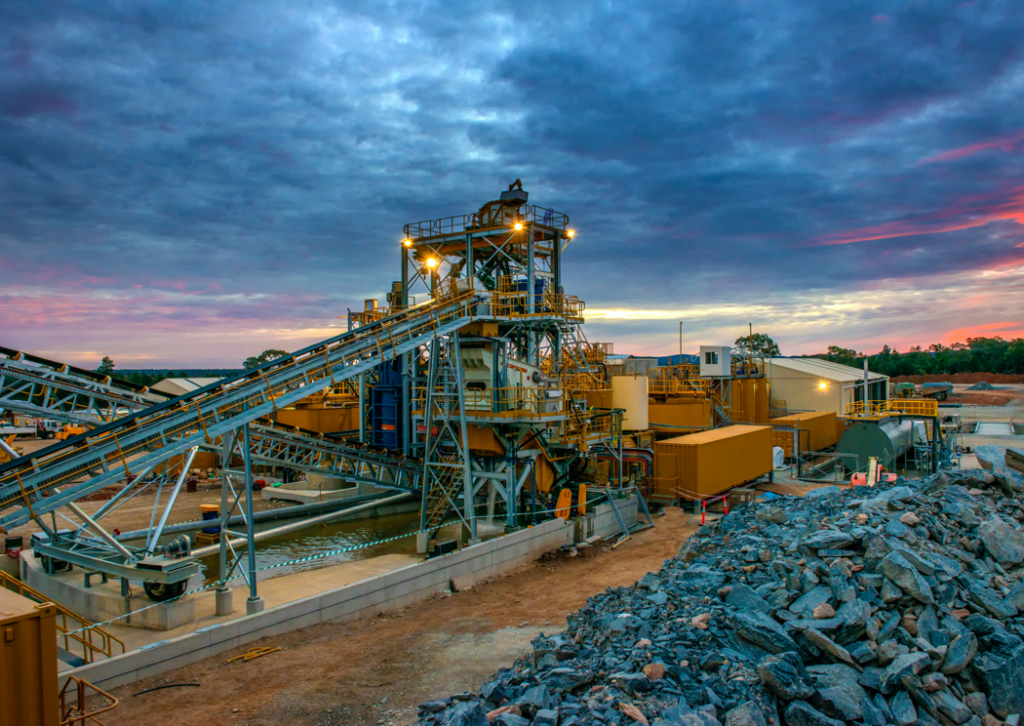Break out of the Black Box
Get complete market visibility with risk-aware forecasts.
The conventional black-box method of commodity forecasting is too much like throwing darts. It’s hit or miss.
Break free from spreadsheet estimates based on hunches and take decisive, informed action with new tools.
DecisionNext combines human insights with machine learning to give you complete visibility into the models that drive your forecasts.
Make Cargo Forecasts More Reliable
Mining depends on shipping. Shipping depends on weather events, ship locations, and a host of other variables. DecisionNext brings order to the chaotic flood of data, converting myriad data streams (including geodata) into meaningful reports with recommended courses of action.
Predicting Markets, Prescribing Actions
As supply chains grow more sophisticated, decision-making speed becomes critical. This is true both for shortening customer feedback loops with sales and increasing faster supplier communications from purchasing. DecisionNext offers the ability to analyze data flows automatically, giving you a quicker, more accurate feedback loop for pricing.
DecisionNext uses supply chain analytics to help you forecast prices for different grades of ores and the spreads between different products. With a forward view on spreads, suppliers and traders can take advantage of the arbitrage between price points as the relative value of different products fluctuates.
CASE STUDY

Use Case Study – Mining
Volatility in both the buying and selling of natural resources commodities creates tremendous complexity, but also tremendous profit opportunity for forward-thinking businesses with the right tools.
How DecisionNext Helps Mining Producers Make Better Choices

Product Mix
Risk-aware recommendations
help determine portfolio tactics.

Contracting
Better-informed selections
about contracting alternatives.

Timing & Pricing
Shift cargo volumes to capitalize on
seasonality and pricing changes.

Matching Your Product Mix to Demand
The quality of anything sold by the ton, such as iron ore, can vary significantly.
Large variations in geography bring wide variations in product grade.
Companies often mine ore from several different places, which they blend together to produce a repeatable product.
Within that blend, there’s also the ability to produce many different products. When processing a higher-grade iron ore
content, say 65%, a steel mill can produce more product than it could with a 55% iron ore. In the mining value chain, market dynamics like this provide opportunities for market simulation to make a difference.

Closing the Spread
DecisionNext helps you triangulate the spreads between end-user demand, which also affects the relationship between products with 65% iron ore, 62%, 60% and 58%.
Just 10 years ago there wasn’t a 58% index—because there wasn’t anyone producing at 58%. But today, what might appear to be a small difference in iron ore content can actually be a huge difference in price.
Two Competing Forecast Models
When margins are high — Mills want to sell as much steel as possible. With high demand, you want optimum operating efficiency to produce the most steel from the best possible ore quality. In this case, mills may be willing to pay more for higher-grade ore because it allows them to produce more product for their customers.
When margins are low — Mills don’t want to run furnaces at full capacity. If there’s a risk of carrying a surplus, no one wants to end up on the hook paying top dollar for the best ingredients.
DecisionNext offers mills greater market agility and risk awareness. For instance, if orders start to shrink, you can change to a 58% iron ore to maintain furnace efficiency at a high utilization rate, but without producing as much steel. That way you aren’t producing steel that will become stockpiled.

Forecast Mining with Total Transparency
DecisionNext provides clear visibility and complete transparency into exactly which components are driving your forecast. Then you can dig in and evaluate the relationships, fine-tune the models and parameters to optimize for a particular time period. Finally, overlay your own expectations and models. By adding opinions, you can materially change the forecast and pose hypotheticals to see what effects it will have on price.
No other tool can do that.

Better Learning, Better Forecasting
A machine-based forecast isn’t much use by itself—the machine doesn’t have its own expertise, just math and stats. But as your experts interact with the platform, adding their own insights, the tool incorporates both human and machine intelligence to actually learn and improve over time, helping your forecasts get better and better.
Improve your Market Forecasting and Analysis
Complete the quick contact form and we’ll be in touch.
Improve your Market Forecasting and Analysis
Complete the quick contact form and we’ll be in touch.
